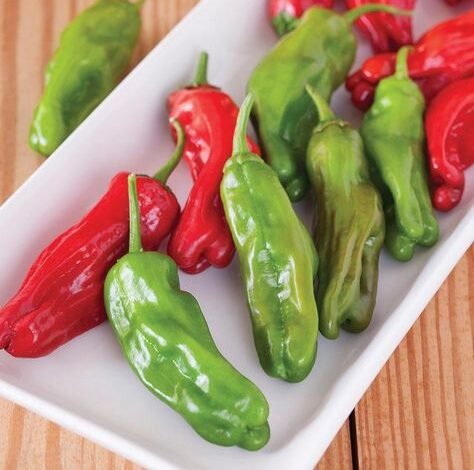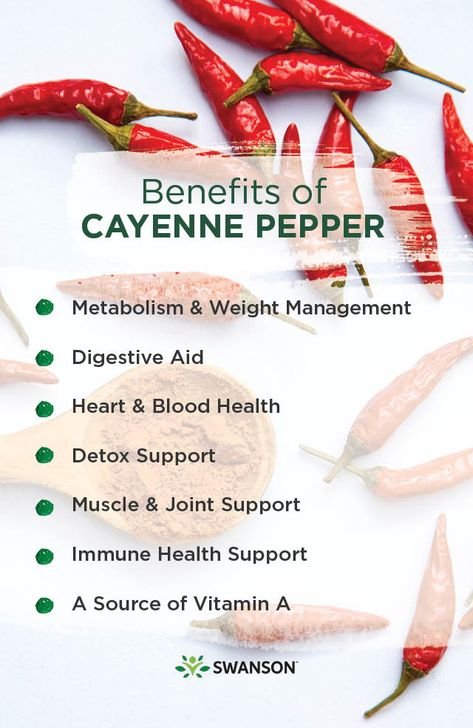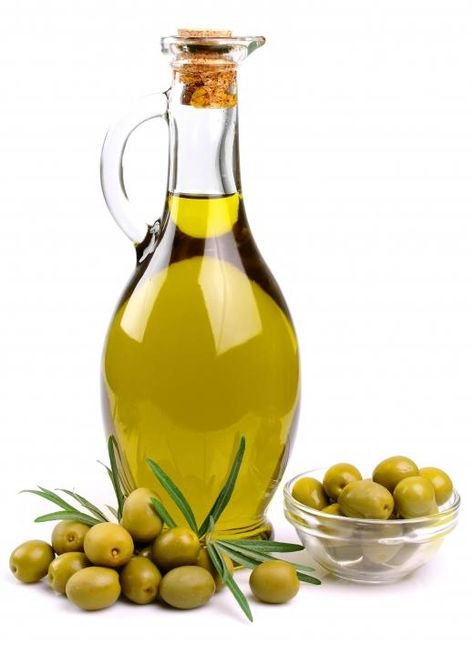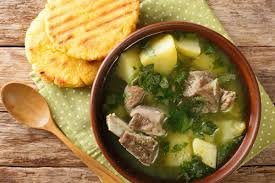
Pepperoncini are small, mildly spicy peppers that are often used in Italian and Mediterranean cuisine. These peppers are typically yellow-green in color and have a tangy, slightly sweet flavor. Pepperoncini are often pickled and added to sandwiches, salads, and pizzas, making them a favorite ingredient in many dishes.
Table of Contents
The History of Pepperoncini
The pepperoncini has a rich history that dates back centuries. Originally from Italy and Greece, pepperoncini peppers have been cultivated for their unique flavor and mild heat. Over time, they have become popular worldwide, especially in North American and Mediterranean cuisines.
How Pepperoncini Are Grown
Pepperoncini plants thrive in warm climates and are relatively easy to grow. These peppers prefer well-drained soil, plenty of sunlight, and consistent watering. Farmers typically harvest pepperoncini when they are green or slightly yellow, as this is when they have the best flavor.
The Nutritional Benefits of Pepperoncini

Eating pepperoncini provides several health benefits. These peppers are low in calories but rich in vitamins and minerals. Some key nutritional benefits of pepperoncini include:
- High in Vitamin C, which supports the immune system
- Contains capsaicin, which may aid metabolism
- Provides dietary fiber for digestive health
- Low in calories and fat, making them a great addition to a healthy diet
Pepperoncini vs. Other Peppers
Many people wonder how pepperoncini compare to other peppers. While pepperoncini have a mild heat level, jalapeños and habaneros are much spicier. Unlike bell peppers, which are completely sweet, pepperoncini have a slight kick and tangy flavor that make them unique.
Common Uses for Pepperoncini in Cooking
Pepperoncini are incredibly versatile and can be used in a variety of dishes. Some of the most common ways to use pepperoncini in cooking include:
- Adding them to sandwiches and subs for extra flavor
- Mixing them into salads for a tangy crunch
- Using them as pizza toppings
- Incorporating them into pasta dishes
- Serving them as a garnish for meats and cheeses
Pickled Pepperoncini: A Popular Choice
One of the most popular ways to enjoy pepperoncini is in their pickled form. Pickled pepperoncini have a tangy, slightly spicy flavor that enhances many dishes. They are commonly found in grocery stores and are a staple in many households.
How to Pickle Pepperoncini at Home
If you love pepperoncini, you may want to try pickling them at home. Here is a simple method:
- Wash and slice fresh pepperoncini peppers.
- Boil a mixture of vinegar, water, salt, and sugar.
- Pour the hot brine over the pepperoncini in a glass jar.
- Seal the jar and let it cool before refrigerating.
- Allow the pepperoncini to pickle for at least one week before eating.
The Best Dishes to Pair with Pepperoncini

Whether fresh or pickled, pepperoncini can complement a variety of dishes. Some of the best foods to pair with pepperoncini include:
- Greek salads with feta cheese
- Italian sandwiches with salami and provolone
- Pasta salads with olives and cherry tomatoes
- Grilled meats such as chicken or lamb
- Cheese platters with crackers and dips
Where to Buy Pepperoncini
You can find pepperoncini at most grocery stores, either in the fresh produce section or in jars in the condiment aisle. If you’re looking for organic or specialty varieties, check out farmers’ markets or online retailers that specialize in gourmet foods.
Health Benefits of Eating Pepperoncini
Adding pepperoncini to your diet can contribute to overall well-being. Some health benefits of pepperoncini include:
- Aiding digestion due to their fiber content
- Supporting heart health with anti-inflammatory properties
- Boosting metabolism through mild capsaicin content
- Strengthening the immune system with antioxidants
Are Pepperoncini Spicy?
One common question about pepperoncini is whether they are spicy. On the Scoville scale, which measures the heat of peppers, pepperoncini are considered mild, ranging from 100 to 500 Scoville Heat Units (SHU). In comparison, jalapeños range from 2,500 to 8,000 SHU, making them much hotter than pepperoncini.
Cooking Tips for Using Pepperoncini
To get the best flavor from pepperoncini, keep these cooking tips in mind:
- Use fresh pepperoncini for a crisp texture
- Rinse pickled pepperoncini to reduce saltiness if needed
- Chop them finely for a milder flavor in sauces and dressings
- Roast or grill pepperoncini for a smoky taste
Fun Facts About Pepperoncini
- Pepperoncini are sometimes called “Tuscan peppers.”
- They are a common ingredient in Italian antipasto platters.
- Many popular brands of Italian dressing include pepperoncini juice for extra tanginess.
- Pepperoncini have been used in traditional medicine for their digestive benefits.
Also read What Beats Rock Exploring Strategies and Winning Choices
Conclusion
Whether you enjoy them fresh, pickled, or cooked, pepperoncini are a fantastic addition to many dishes. Their mild heat, tangy flavor, and numerous health benefits make them a favorite among pepper lovers. Next time you’re at the store, consider picking up some pepperoncini to add a delicious twist to your meals!




